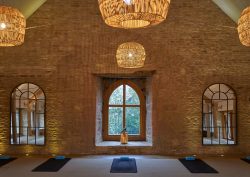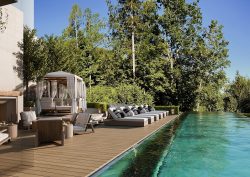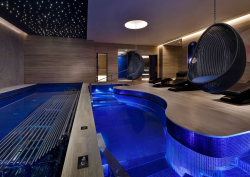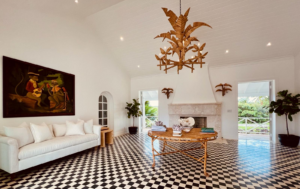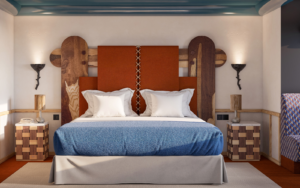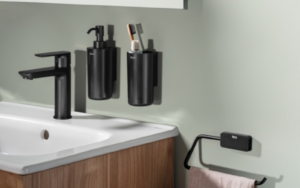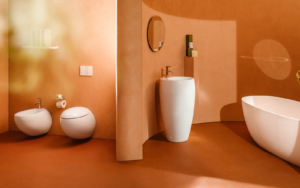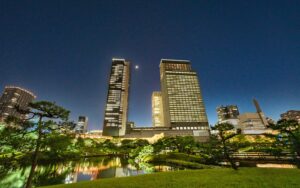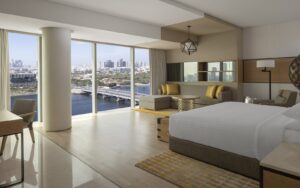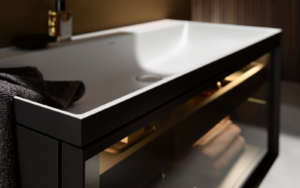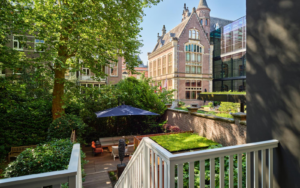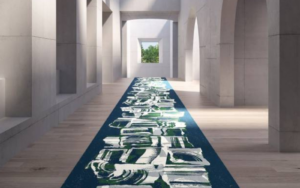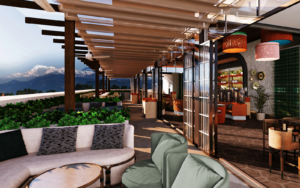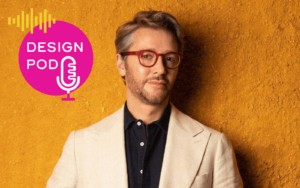Rockwell Group completes design for Bathhouse Flatiron
Rockwell Group has completed the design for Bathhouse Flatiron, a 35,000 square foot/3,252 square metre luxury spa and banya in Manhattan, New York.
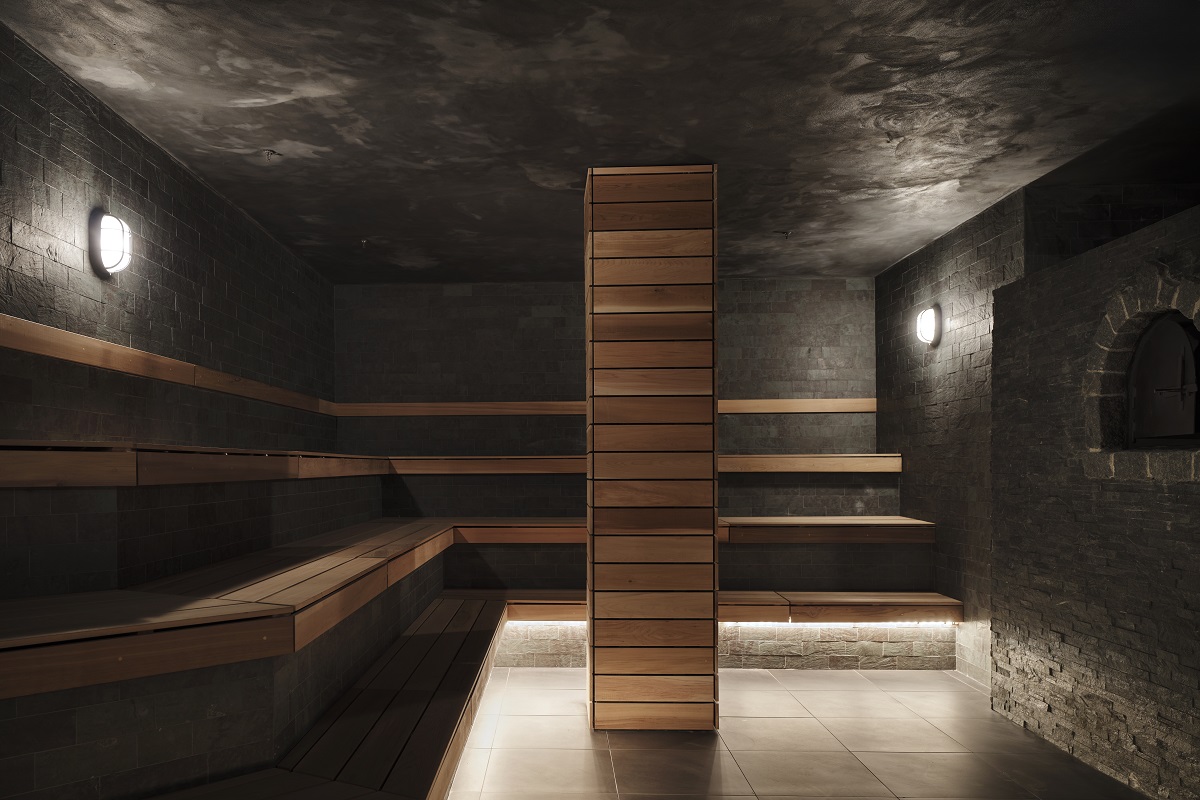
Aiming to redefine what an American spa experience can be, Bathhouse incorporates the best of contemporary recovery practices in a socially engaging environment, offering guests an elevated experience with a sleek and modern design focus.
Rockwell Group’s design concept for Bathhouse’s first Manhattan location was the idea of the Hero’s Journey, a common trope from mythology that involves a hero who embarks on an epic journey or quest, encounters challenges with a decisive apex and returns home transformed by the adventure of personal growth. Each component of the guest’s experience, from reception to treatment rooms, plays on this narrative, helping visitors on their road to ‘recovery’. To achieve this, Rockwell Group created a new architectural language through dramatic use of light and shadow, incorporating a muted, moody material palette including travertine, fluted glass, stone, concrete, tile, and metals with a patina finish.

Image credit: Adrian Gaut and Emily Andrews
As guests enter Bathhouse through the ground floor lobby, they are welcomed by a boulder-like reception desk made of two types of travertine. Portals of illuminated fluted glass emphasise the guests’ journeys and transition, and a heavy black stone back wall with a vertical beacon of light in the centre resembles a ‘light at the end of the tunnel’. Guests descend a compact black stair, the first of several thresholds guiding them on their journey into the unknown. Visitors emerge into the locker rooms at the first of two subterranean levels.

Image credit: Adrian Gaut and Emily Andrews
Black portals create rhythm and intimate clusters of changing areas, while stone benches build on the notion of a journey. As guests emerge from the locker rooms, they enter the lounge and café for a moment of respite or engage in an intimate chat with a friend. This non-traditional restaurant features low lounge furniture, including custom banquette seating, with seats at a travertine and limestone bar. A cluster of organic, pebble-shaped decorative pendants inspired by river rocks provide a dynamic focal point, as do green ceramic pendants.

Image credit: Adrian Gaut and Emily Andrews
The second subterranean level contains the pools and treatment rooms. Plunge pools of various temperatures are lit in different tones of blue (cooler to warmer), and many sit underneath large, pyramidal volumes which appear to have a mottled, metal sheen. The space has a black tiled floor and heated black stone hammam benches surrounding the perimeter of the pools. The Saunas and the steam room on the periphery of this space are designed to look like stepped pyramids clad in horizontal black, fluted concrete panels. Combined with the pools, these small building objects create the feel of the remnants of a rediscovered civilisation.
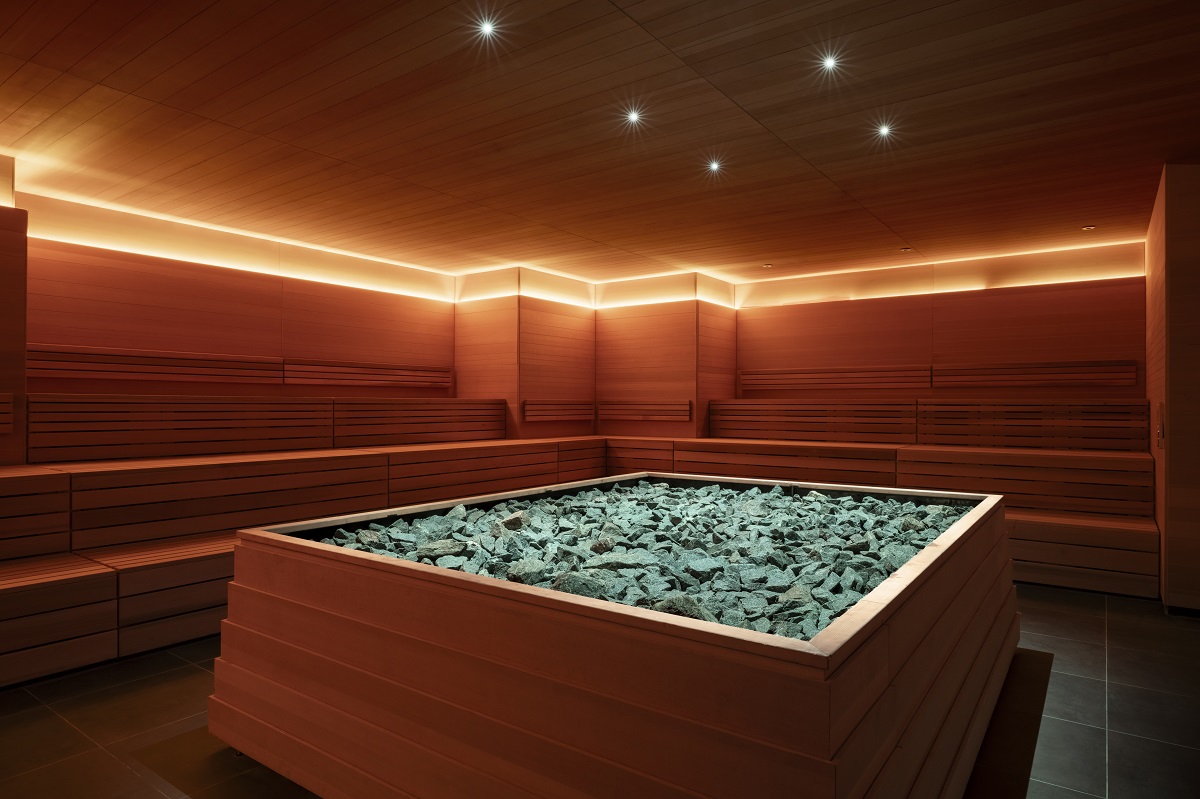
Image credit: Adrian Gaut and Emily Andrews
A ceremonial sauna is lined in cedar with stepped bench seating. Cove lights and down lights in the ceiling illuminate the heaters. The central heater is shrouded in cedar and resembles an altar. Here, Sauna Masters perform Aufguss, a sensory experience featuring scented oils, music, and heat. The steam room is clad in a Danish three-dimensional tile called DTILE, a modular system that wraps the space and creates rounded edges and corners. Strips of light in the walls of the blue-grey tile create a mysterious focal point to the space. The Banya is the hottest Russian-style sauna, clad in horizontal green-purple slate tiles and features a black stone-encased furnace. The bottom bench contains glowing strips of light. Finally, an infrared sauna is lined in vertical hemlock wood panels to evoke the height of a forest environment, with a glowing window giving a silhouetted view of lush plants.
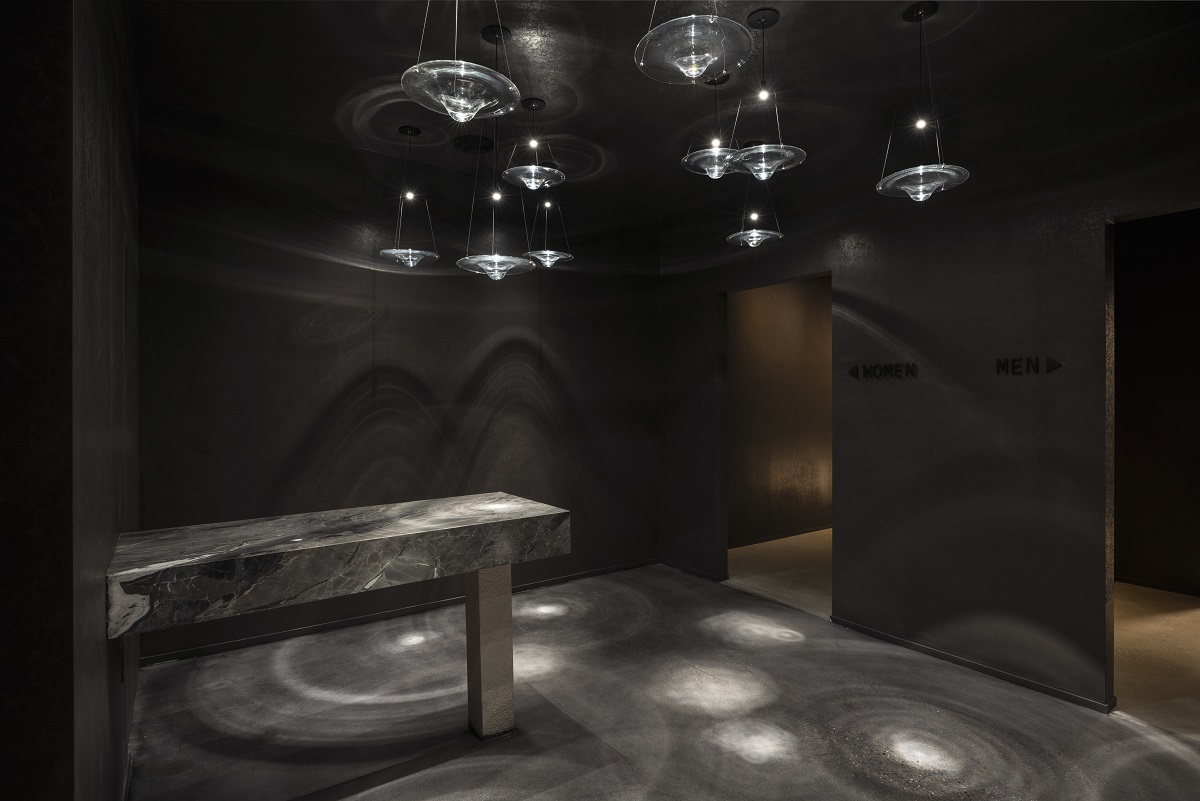
Image credit: Adrian Gaut and Emily Andrews
A darkened, compressed corridor on the way to the treatment rooms evokes a sense of anticipation. Guests emerge into a small lounge area with another pyramid hovering over a salt pool and a travertine gradient feature wall. The room is wrapped in black-stained wood, with benches and soft seating. This pyramid also features a surprising lighting element visible only to those floating underneath. The underside is clad in black mirrors with 150 fibre optic cables, creating an infinity experience. A scrub room, meant to be the inner sanctum of the Bathhouse experience, is like a cave within a cave. Lilac marble tables float under a ceiling with cove lights gently bathing the walls. Showerheads offer a chance to rinse off, while the adjacent massage rooms are clad in a warm brown clay lime finish to provide a back-to-nature and cocooning aesthetic.
Main image credit: Adrian Gaut and Emily Andrews

